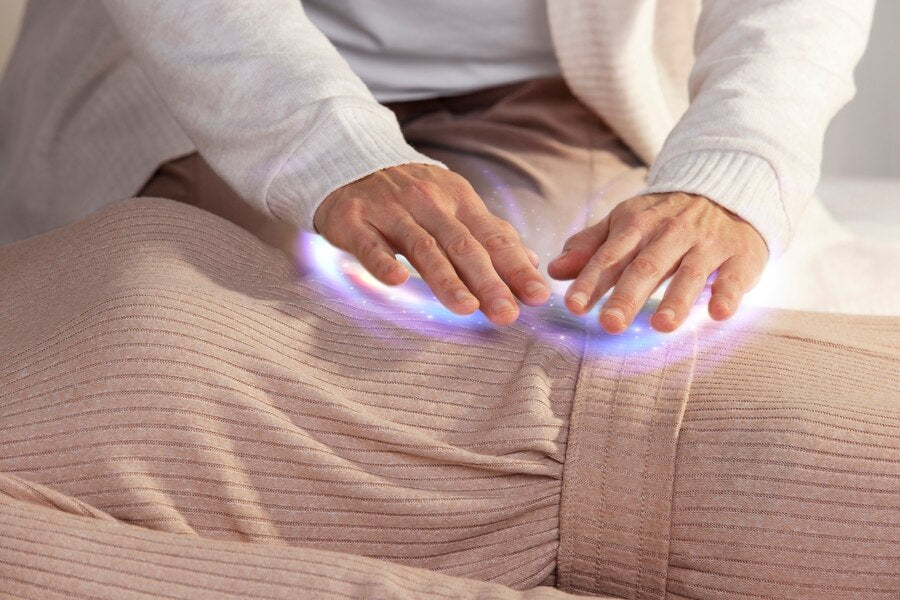Introduction
Laser therapy, also known as low-level laser therapy (LLLT) or photobiomodulation, is a non-invasive treatment that uses specific wavelengths of light to interact with tissue, leading to pain relief and accelerated healing. This article explores the mechanisms behind laser therapy, its applications in pain management, and the evidence supporting its use.
Mechanisms of Laser Therapy for Pain Relief
1. Cellular Repair and Regeneration:
Laser therapy promotes cellular repair by stimulating mitochondrial activity, leading to increased production of adenosine triphosphate (ATP). This energy boost enhances cellular function and accelerates tissue repair and regeneration.
2. Anti-Inflammatory Effects:
The light energy from laser therapy reduces inflammation by decreasing the levels of pro-inflammatory mediators and increasing anti-inflammatory factors. This helps in reducing pain and swelling in the treated area.
3. Enhanced Blood Flow:
Laser therapy improves blood circulation by dilating blood vessels and increasing microcirculation. Improved blood flow helps deliver oxygen and nutrients to the damaged tissues, promoting healing and reducing pain.
4. Pain Modulation:
Laser therapy affects the nervous system by modulating pain signals. It increases the release of endorphins and enkephalins, natural pain-relieving chemicals in the body, thereby reducing the perception of pain.
Applications of Laser Therapy
1. Musculoskeletal Pain:
Laser therapy is effective in treating various musculoskeletal conditions, including arthritis, tendonitis, and muscle strains. It reduces pain and inflammation, promoting faster recovery.
2. Joint Pain:
Conditions such as osteoarthritis and rheumatoid arthritis benefit from laser therapy. It helps in reducing joint pain, stiffness, and swelling, improving joint mobility and function.
3. Neuropathic Pain:
Laser therapy is used to manage neuropathic pain, including conditions like peripheral neuropathy and sciatica. It helps in reducing nerve pain and improving nerve function.
4. Sports Injuries:
Athletes use laser therapy to treat sports injuries such as sprains, strains, and contusions. It accelerates healing, reduces pain, and minimizes downtime, allowing for a quicker return to activity.
5. Post-Surgical Pain:
Laser therapy is beneficial in post-surgical recovery, reducing pain and inflammation, and promoting faster healing of surgical wounds and tissues.
Evidence Supporting Laser Therapy
Numerous studies support the efficacy of laser therapy in pain management:
1. Arthritis:
Research indicates that laser therapy significantly reduces pain and improves function in patients with osteoarthritis and rheumatoid arthritis.
2. Tendonitis:
Studies show that laser therapy effectively reduces pain and inflammation in tendonitis, promoting faster recovery compared to traditional treatments.
3. Low Back Pain:
Clinical trials have demonstrated that laser therapy reduces pain and improves mobility in individuals with chronic low back pain.
4. Neuropathic Pain:
Evidence supports the use of laser therapy in reducing neuropathic pain, improving nerve function, and enhancing quality of life in patients with peripheral neuropathy.
Safety and Side Effects
Laser therapy is generally considered safe when performed by trained professionals. Common side effects are mild and may include temporary redness or swelling at the treatment site. It is important to follow professional guidance and protocols to avoid potential risks.
Laser therapy offers a promising non-invasive option for pain relief and tissue healing. Its ability to reduce inflammation, enhance cellular repair, and modulate pain signals makes it a valuable tool in managing various pain conditions. By understanding the mechanisms and applications of laser therapy, individuals and healthcare providers can make informed decisions about incorporating this technology into pain management strategies.




